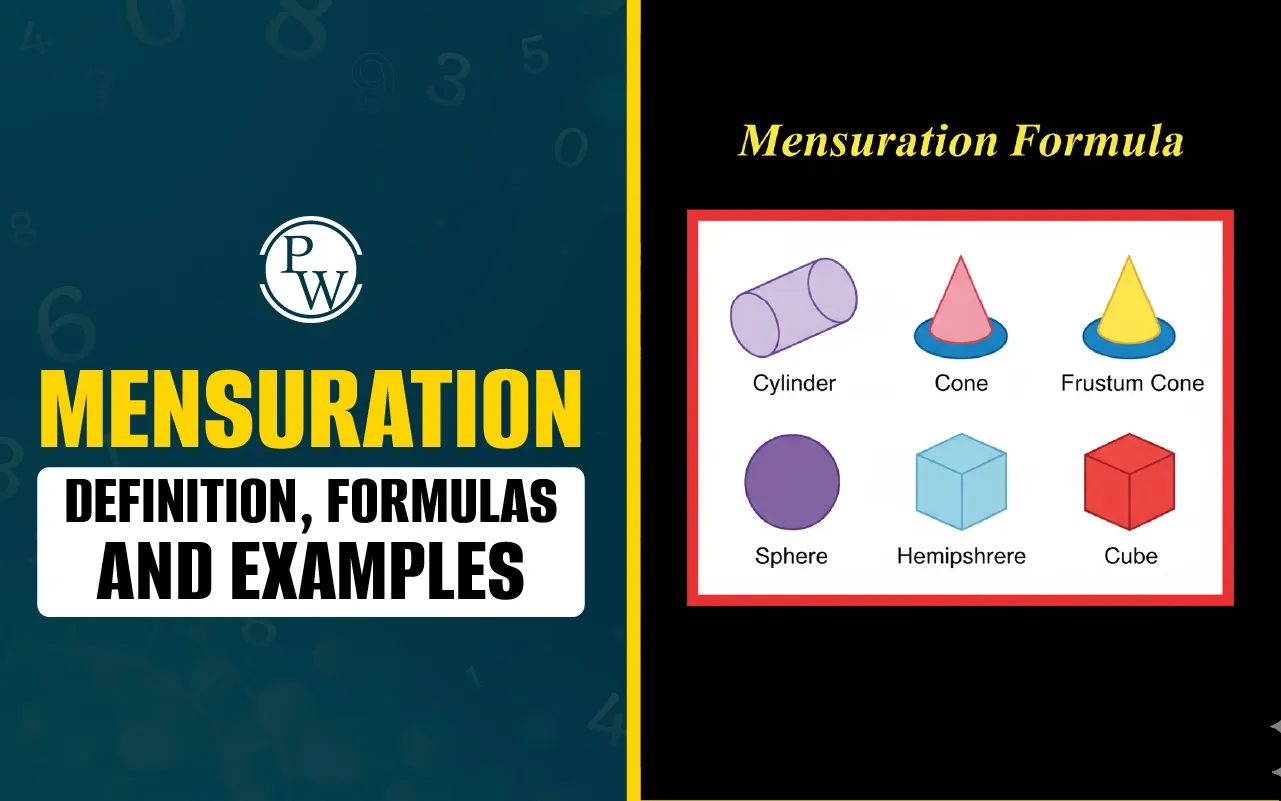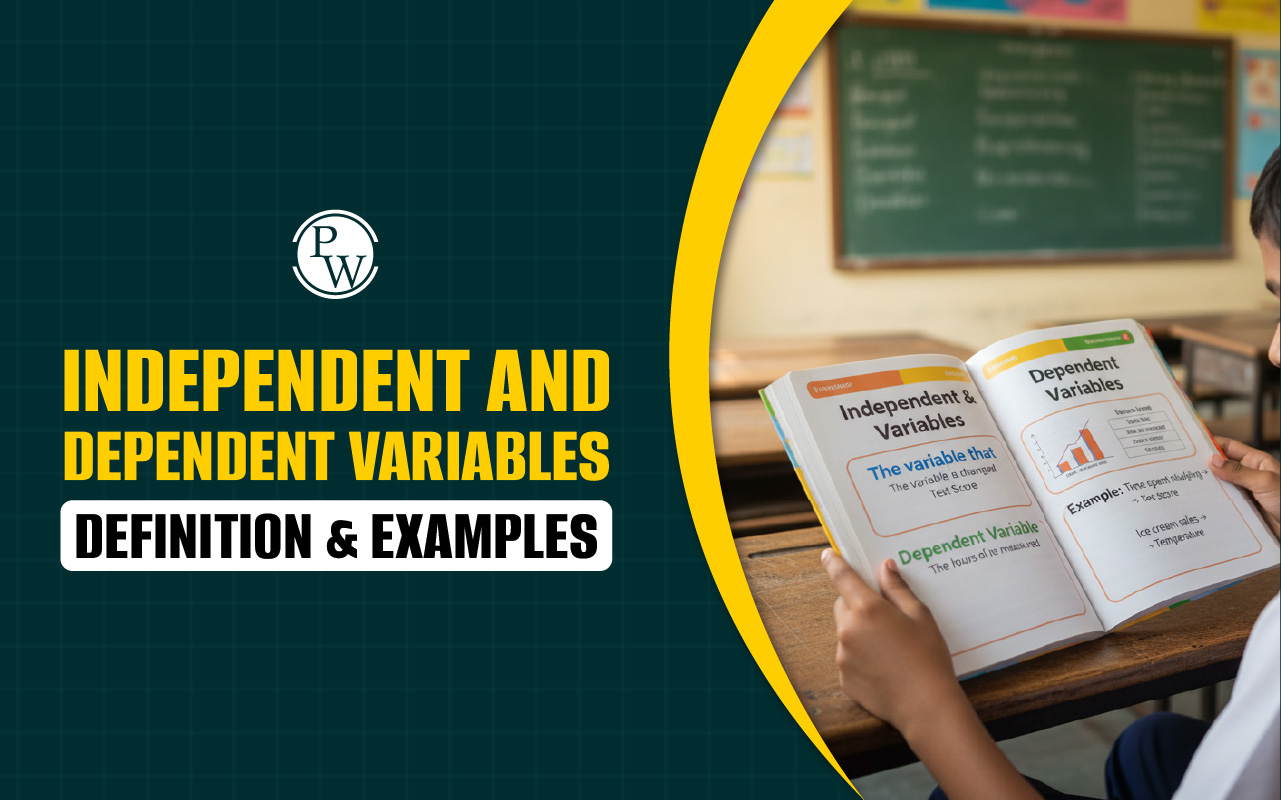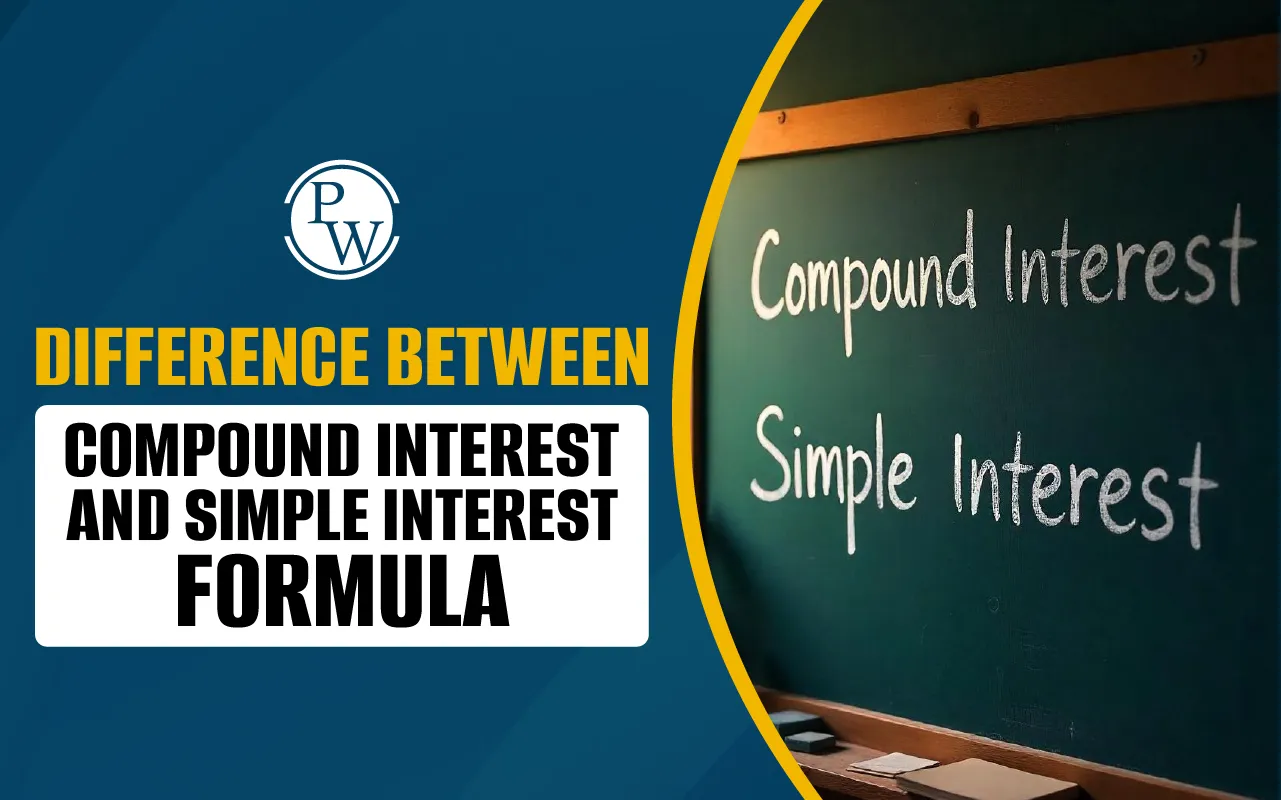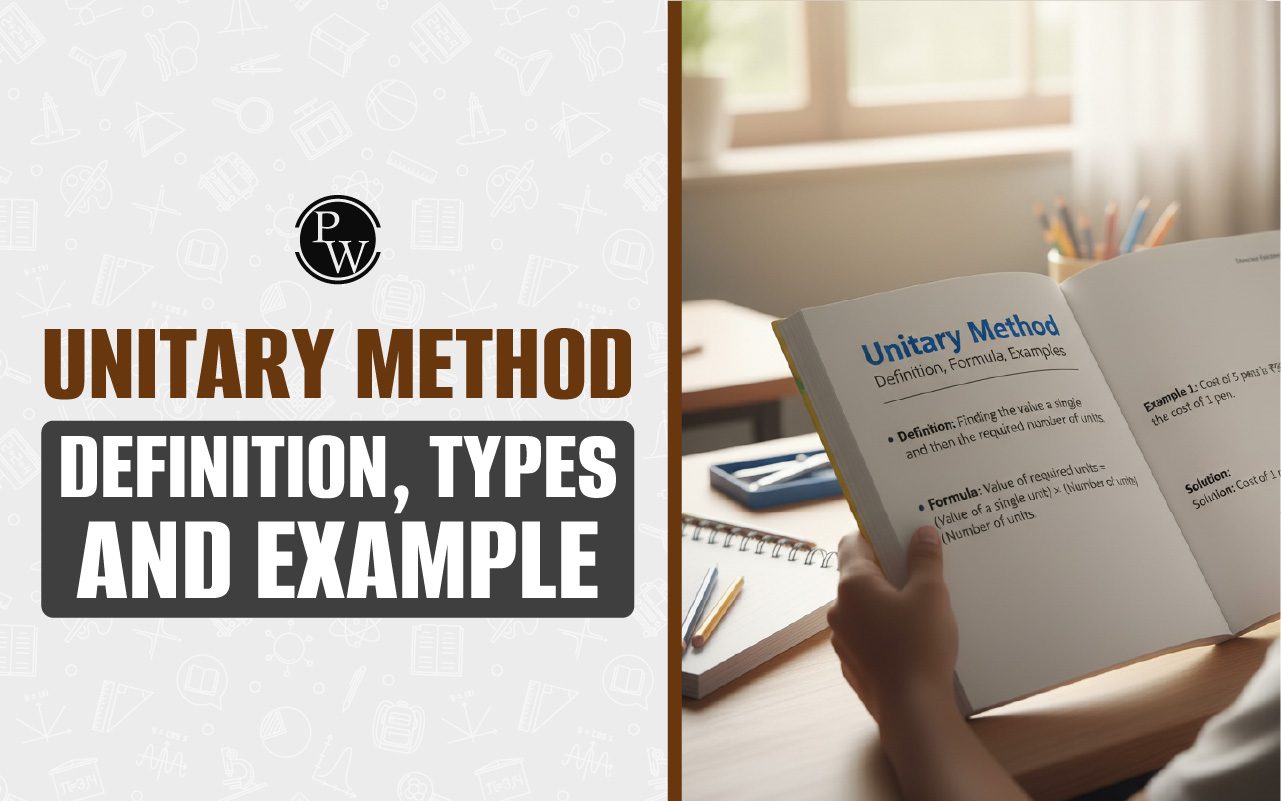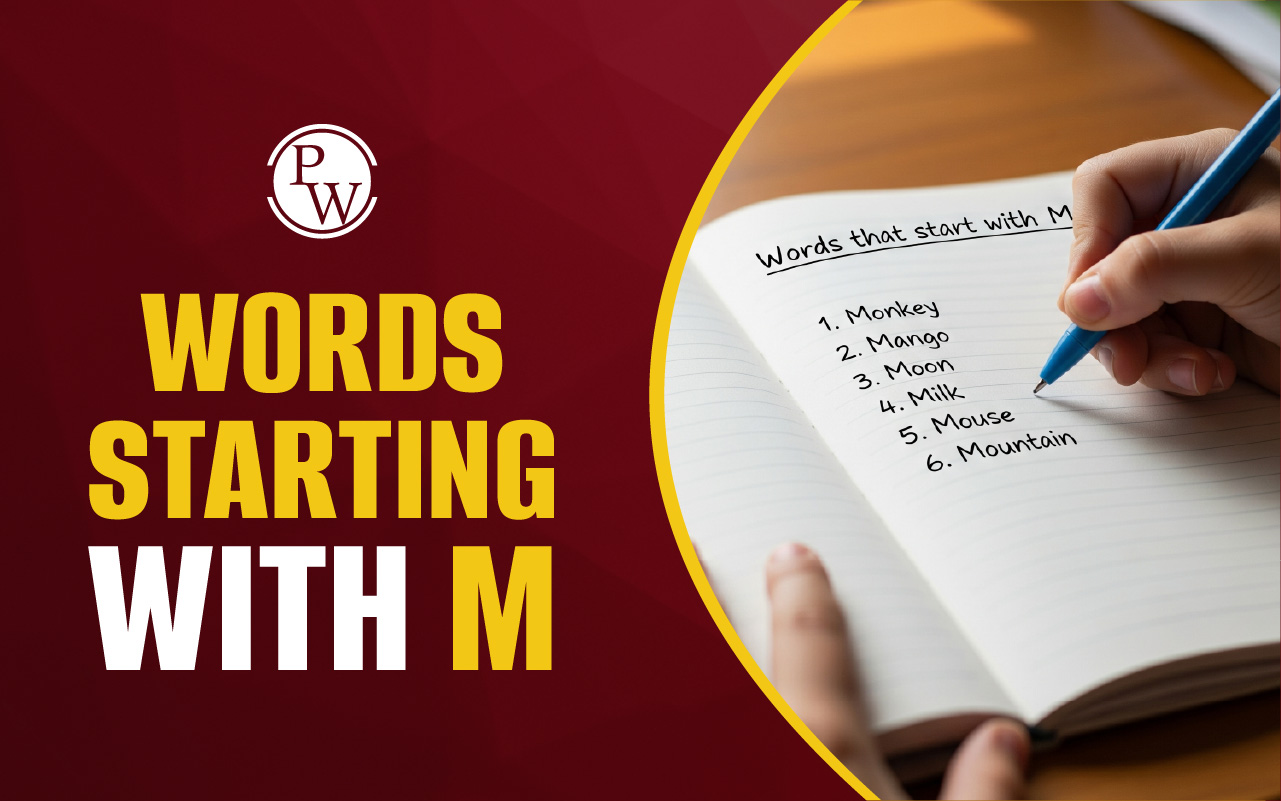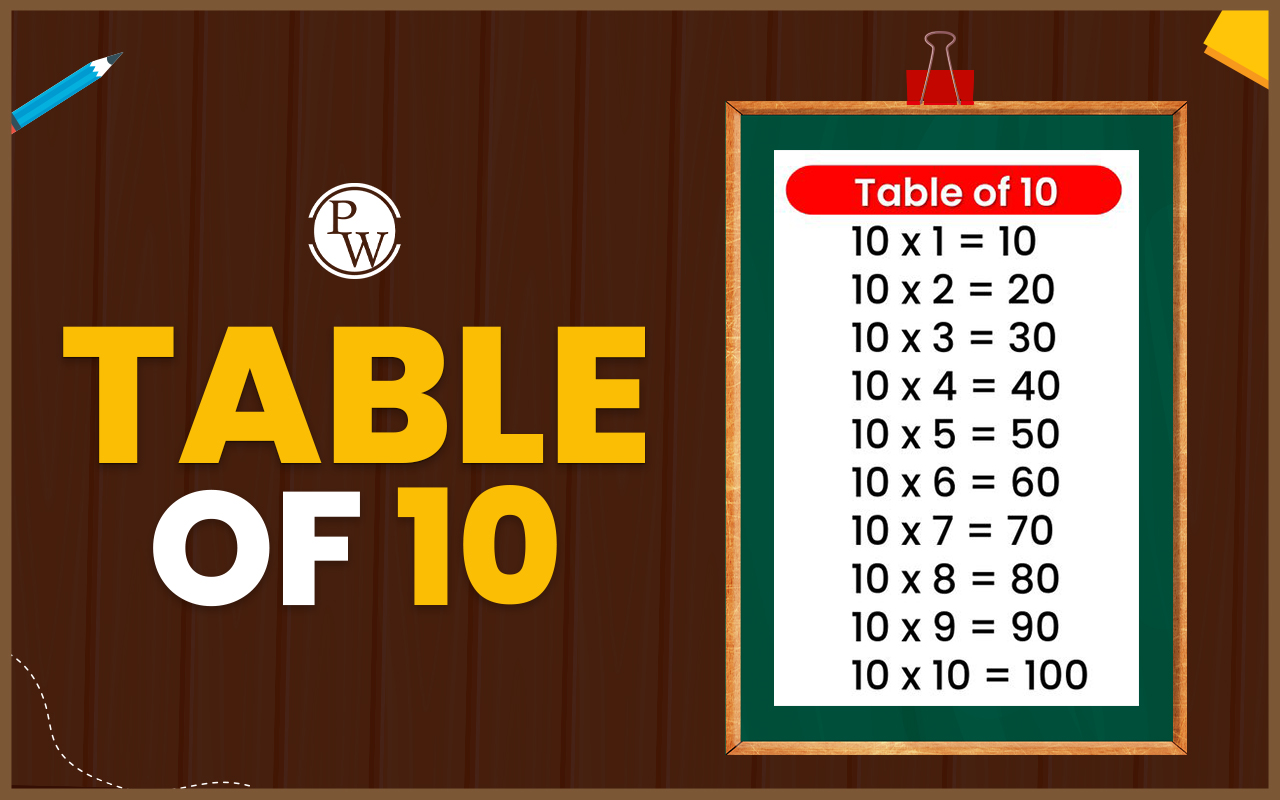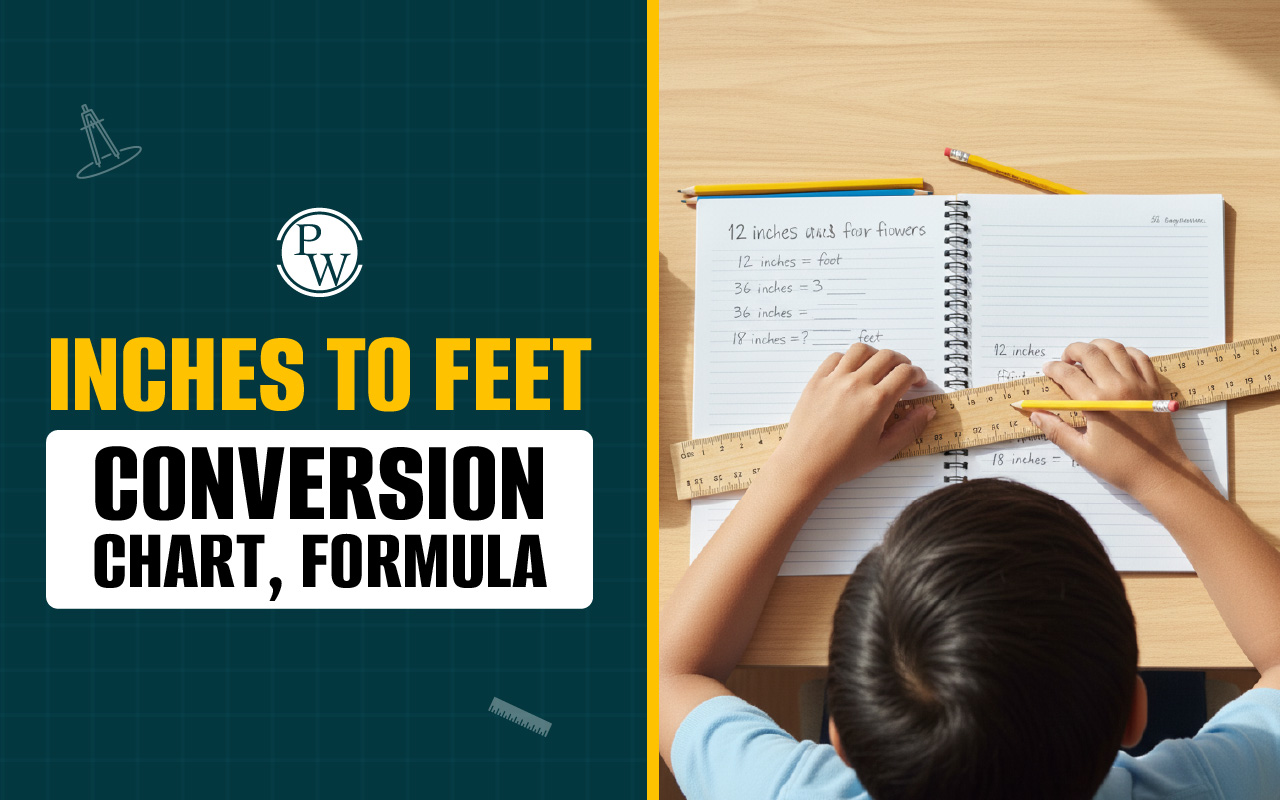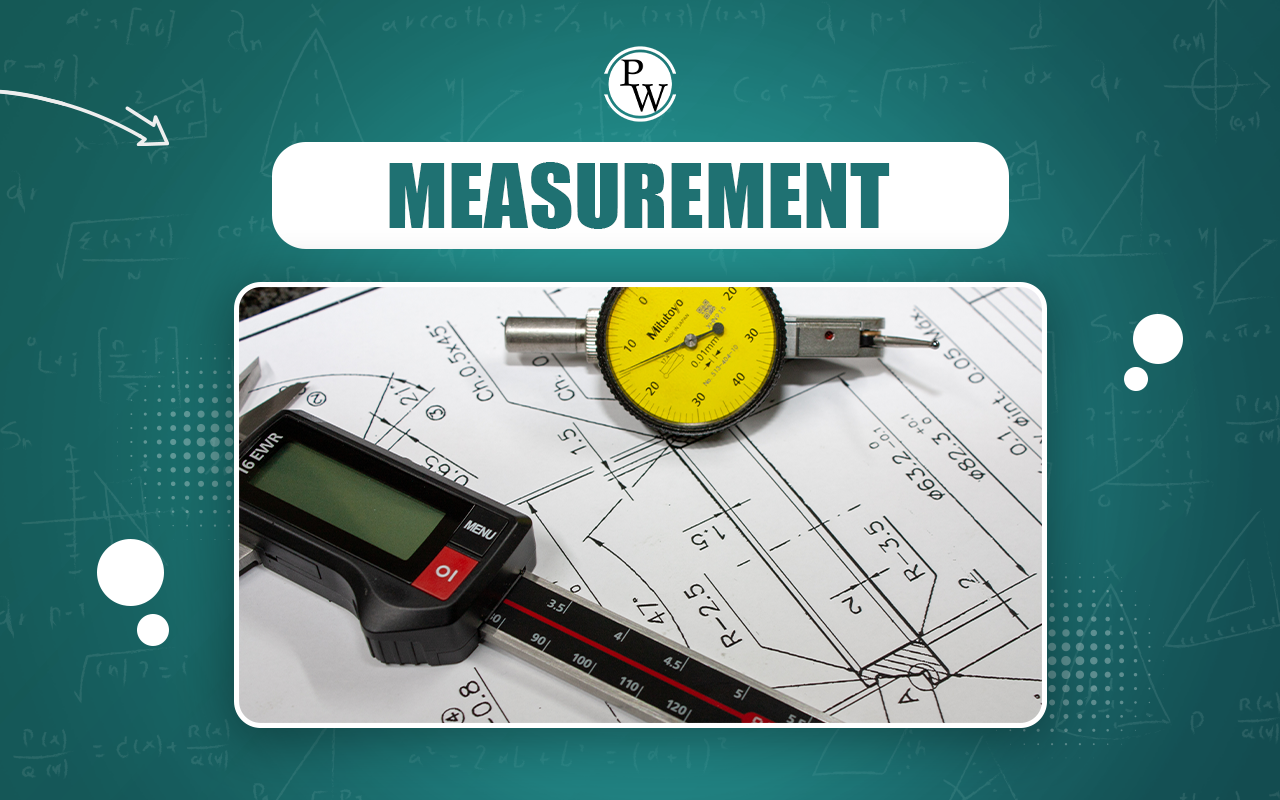
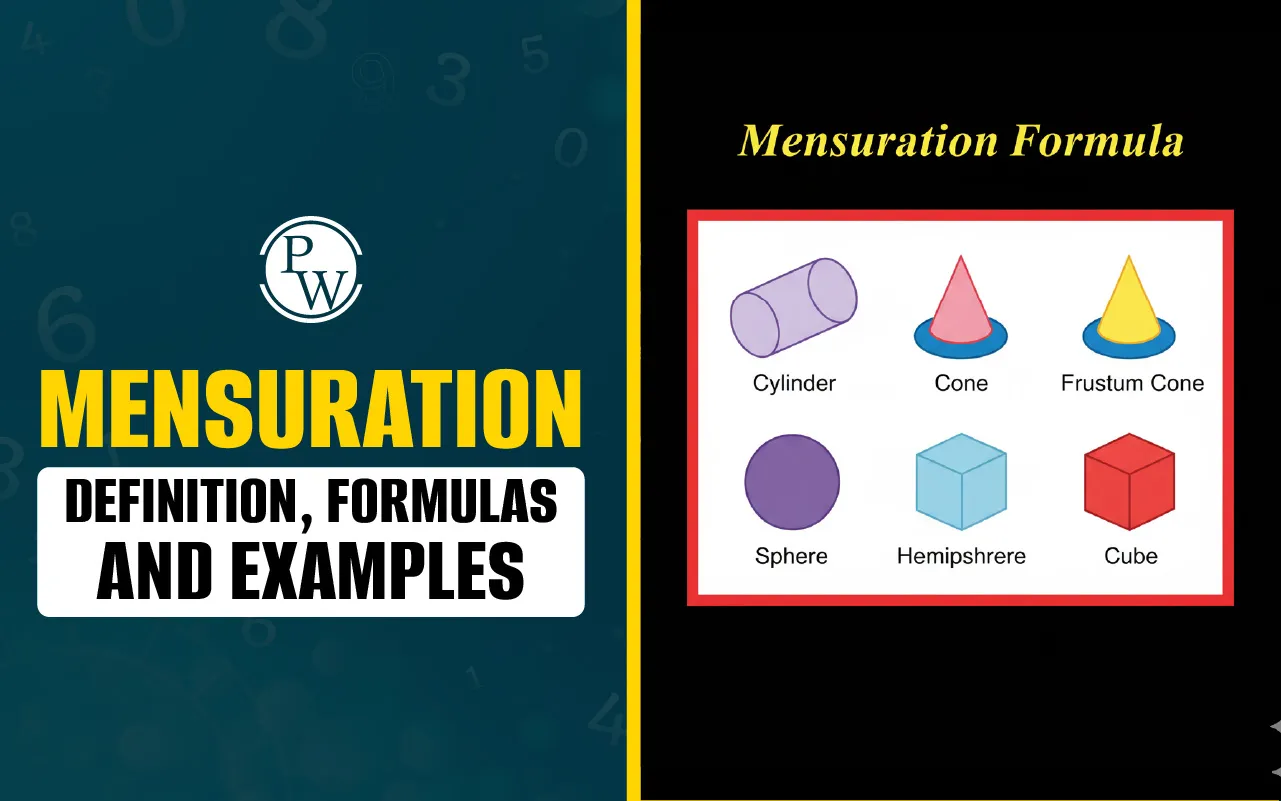
Mensuration is an important concept in mathematics that deals with measurements of geometrical shapes. When you calculate the area of a rectangle-shaped garden or find out how much water a cylindrical tank can hold, you are applying the concept of mensuration.
It is one of the most practical topics in mathematics, which is introduced in middle school and continues to be useful in higher classes as well as real-world applications. We will elaborate on the mensuration concepts along with all relevant formulas to give students a clear and structured understanding of the topic.
Definition of Mensuration
Mensuration in the process of measurement and calculation to determine the area, perimeter, and volume of different geometric shapes we often see around us. Mensuration helps students in determining some typical properties of shapes as mentioned below:
-
Perimeter: The length of the total boundary of a closed 2D figure.
-
Area: The amount of space covered by a two-dimensional figure.
-
Volume: The space occupied by a three-dimensional object.
-
Surface Area: The total area covering the surface of a solid figure.
Importance of Learning Mensuration
Mensuration is not just a classroom concept; it has a wide range of applications in our daily lives. A thorough knowledge of the mensuration concept can benefit your child in many ways, as explained below:
-
Practical Applications: Mensuration is widely applicable in construction, architecture, land measurement, and packaging industries.
-
Daily Use: Mensuration helps in finding the area of rooms, volumes of containers, or the surface area of 3D objects.
-
Competitive Exams: Mensuration concepts are an important part of school exams, board exams, and most of the competitive exams.
-
Analytical Thinking: Mensuration techniques Improve problem-solving and analytical thinking skills in students.
Read more: Rectangular Prism
Types of Mensuration
Mensuration in mathematics can be divided into two categories based on the nature of shapes. These categories are as follows:
Mensuration of 2D Shapes
It deals with the measurement of perimeters and areas of plane and flat shapes such as squares, rectangles, triangles, circles, parallelograms, trapeziums, etc.
Mensuration of 3D Shapes
It deals with the surface area and volume of three-dimensional solid objects such as cubes, cuboids, cones, spheres, cylinders, hemispheres, etc.
Read more: Difference between area and perimeter
Mensuration Formulas
Mensuration, or calculation of parameters, involves the application of various formulas that take into account the length, width, height, etc. of the geometrical figures.
Mensuration formulas apply to both 2D and 3D shapes. Learning all the mensuration formulas builds a strong mathematical base for students of class 8 and beyond. Let’s look at the common formulas of mensuration:
Read more: Basic Geometrical Ideas
Mensuration Formulas for 2D Shapes
These formulas apply to two-dimensional shapes and involve calculation of areas and perimeters using the length, width, and radius of geometrical figures. Find all the mensuration formulas of 2D shapes in the table below:
|
Mensuration Formulas for 2D Shapes |
||
|
Shape |
Area |
Perimeter/Circumference |
|
Square |
side² |
4 × side |
|
Rectangle |
length × breadth |
2 × (length + breadth) |
|
Triangle |
½ × base × height |
sum of all sides |
|
Parallelogram |
base × height |
2 × (base + side) |
|
Trapezium |
½ × (sum of parallel sides) × height |
sum of all sides |
|
Rhombus |
½ × (product of diagonals) |
4 × side |
|
Circle |
πr² where r = radius of the circle |
Circumference = 2πr where r = radius of the circle |
Mensuration Formulas for 3D Shapes
These formulas apply to three-dimensional shapes and involve calculation of surface areas and volumes using length, width, and radius of geometrical figures. Find all the mensuration formulas of 3D shapes in the table below:
|
Mensuration Formulas for 3D Shapes |
||
|
Shape |
Surface Area |
Volume |
|
Cube |
6a² Where a = length of side |
a³ Where a = length of side |
|
Cuboid |
2(lb + bh + hl) Where l = length, b = width, h = height |
l × b × h Where l = length, b = width, h = height |
|
Cylinder
|
Curved Surface Area = 2πrh Total Surface Area = 2πr(h + r) Where r = radius of the cylinder and h = height of the cylinder |
πr²h Where r = radius of the cylinder and h = height of the cylinder |
|
Cone
|
Curved Surface Area = πrl Total Surface Area = πr(l + r) Where r = radius of the base and l = slant height of the cone |
(1/3)πr²h Where r = radius of the base and h = vertical height of the cone |
|
Sphere |
4πr² Where r = radius of the sphere |
(4/3)πr³ Where r = radius of the sphere |
|
Hemisphere |
Curved Surface Area = 2πr² Total Surface Area = 3πr² Where r = radius of the hemisphere |
2/3)πr³ Where r = radius of the hemisphere |
Mensuration Formula Examples
Let’s go through some mensuration problem examples to understand how to use these mensuration formulas.
Example 1: Area of a rectangle
A room has a length of 15 m and a breadth of 12 m. Find the area.
Area = length × breadth = 15 × 12 = 180 m²
Example 2: Circumference of a circle
A circular park has a radius of 14 m. Find its circumference.
Circumference of a circle = 2πr = 2 × (22/7) × 14 = 88 m²
Example 3: Volume of a cylinder
A cylindrical tank has a radius of 4 m and a height of 7 m. Find its volume.
Volume = πr²h = (22/7) × 16 × 7 = 352 m³
Example 4: Surface Area of a cube
A cube has a side length of 9 cm. Find its surface area.
Surface Area = 6 x (9) ² = 6 × 81 = 486 cm²
Example 5: Area of a triangle
A triangle has a base of 8 cm and height 13 cm. Find the area.
Area = ½ × base × height = ½ x 8 x 13 = 52 cm²
Example 6: Surface area of a cuboid
A box has a length of 15 cm, width 6 cm, and height 4 cm. Find its volume.
Volume of cuboid = 2(lb + bh + hl)
= 2 (15 x 6 + 6 x 4 + 4 x 15)
= 2 (90 + 24 + 60)
= 2 x 174
= 348 cm²
Tips to Remember Mensuration Formulas
Parents and teachers can help students remember the mensuration formulas through some engaging and interesting techniques, as mentioned below:
-
Visualize the Shapes: Ask students to draw the figure before applying the formula.
-
Make a Formula Chart: Make a chart of all mensuration formulas with the image of the corresponding figure for quick revisions.
-
Proper Unit Conversion: Help students understand the proper units for perimeter, area, and volume through multiplication techniques.
-
Practice with real objects: Encourage your child to identify the shape of a real-life object and use the appropriate formulas for calculations.
Mensuration in Class 8
In Mensuration Class 8, students learn the basics of measuring the perimeter and area of 2D shapes and also gain knowledge on how to calculate the surface area and volume of 3D shapes. The curriculum of mensuration in Class 8 typically includes the following:
-
Areas and perimeters of squares, rectangles, triangles, quadrilaterals, and circles
-
Surface area and volume of cube, cuboid, cylinder, cone, and sphere
At this stage, students are introduced to practical word problems that link theory with real-world applications, making the topic more engaging and useful.
Also read: Surface area of cuboid
Mensuration Word Problems
1. An athlete is running along a circular track with a radius of 28 meters. What is the distance covered after 3 rounds?
Solution: After one complete round, the distance covered is equal to the perimeter of the circle.
Perimeter = 2πr = 2 x (22/7) x 28 = 176 m
So, after 3 rounds, total distance covered = 3 x 176 = 528 m.
2. The curved surface area of a cylinder is 628 cm². If the height of the cylinder is 20 cm, find its radius.
Solution:
Curved surface area of cylinder = 2πrh = 2 x 3.14 x r x 20 = 125.6 x r cm²
Therefore,
125.6 x r = 628
Or, r = 628 / 125.6 = 5
So, the radius of the cylinder is 5 cm.
Mensuration in math is a fundamental topic that combines geometry with measurement. Knowing the mensuration formulas for different 2D and 3D shapes will help students easily calculate the area, perimeter, surface area, and volume of different figures and objects.
For students, especially those studying mensuration in class 8, this knowledge is not just limited to exams but is highly practical in real-world applications.
Make Learning Stress-Free and Enjoyable for Your Child With CuriousJr
Children often study for hours after school but still struggle to understand their lessons. This happens because they need more guidance than classroom teaching alone can provide. With the right support, learning can become enjoyable and stress-free.
The CuriousJr Online Tuition Classes helps students from Grades 3 to 9 in English, Maths, Science, and Social Studies. The curriculum follows CBSE, ICSE, and State Boards, ensuring children stay aligned with school learning while strengthening their basics.
Here’s what your child will get:
-
Live small-group classes where every child gets attention
-
Homework support with proper understanding
-
Daily practice and worksheets to revise and excel
-
Regular progress reports for parents
-
Personalized doubt-clearing whenever needed
Book a demo class today and see how CuriousJr makes learning simple and enjoyable for your child.
Mensuration FAQs
If a cone and a cylinder have the same radius and height, which has the higher volume?
What are the basic steps involved in mensuration?
What is the difference between perimeter and circumference?
How do mensuration formulas help in the storing of packed products?

